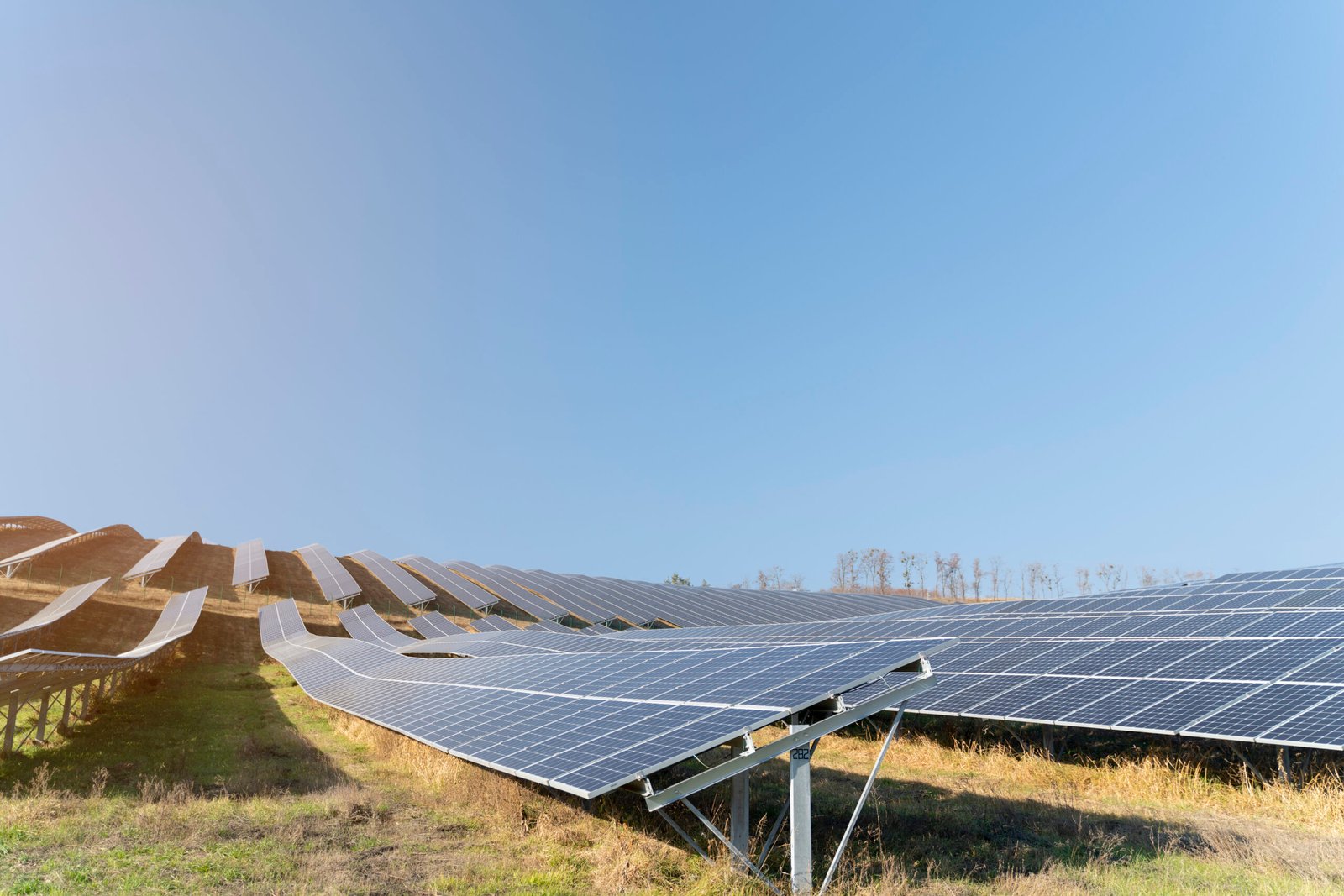India, a country with an ever-growing population and rapidly developing economy, is at a critical juncture in its energy journey. As the demand for power surges, the need for sustainable and renewable sources of energy becomes paramount. Among various renewable energy initiatives, the solar park in India has emerged as a transformative concept, offering scalable and environmentally friendly energy solutions. In this blog, we’ll explore the significance, evolution, challenges, and future of solar park in India, offering insights into how they are revolutionizing the country’s energy landscape.
Table of Contents
1. Introduction to Solar Parks
A solar park is a large-scale solar photovoltaic (PV) system designed to supply merchant power into the electricity grid. It includes a group of solar power plants developed in a specific area, supported by infrastructure such as transmission facilities, road connectivity, and water supply.
The solar park in India has become synonymous with the government’s ambitious renewable energy mission. These parks serve as centralized zones where multiple developers can set up solar power projects with ease, owing to pre-approved land and clearances. This model has not only accelerated the pace of renewable energy deployment but also reduced the cost and time required to commission solar plants.
2. The Rise of Solar Parks in India
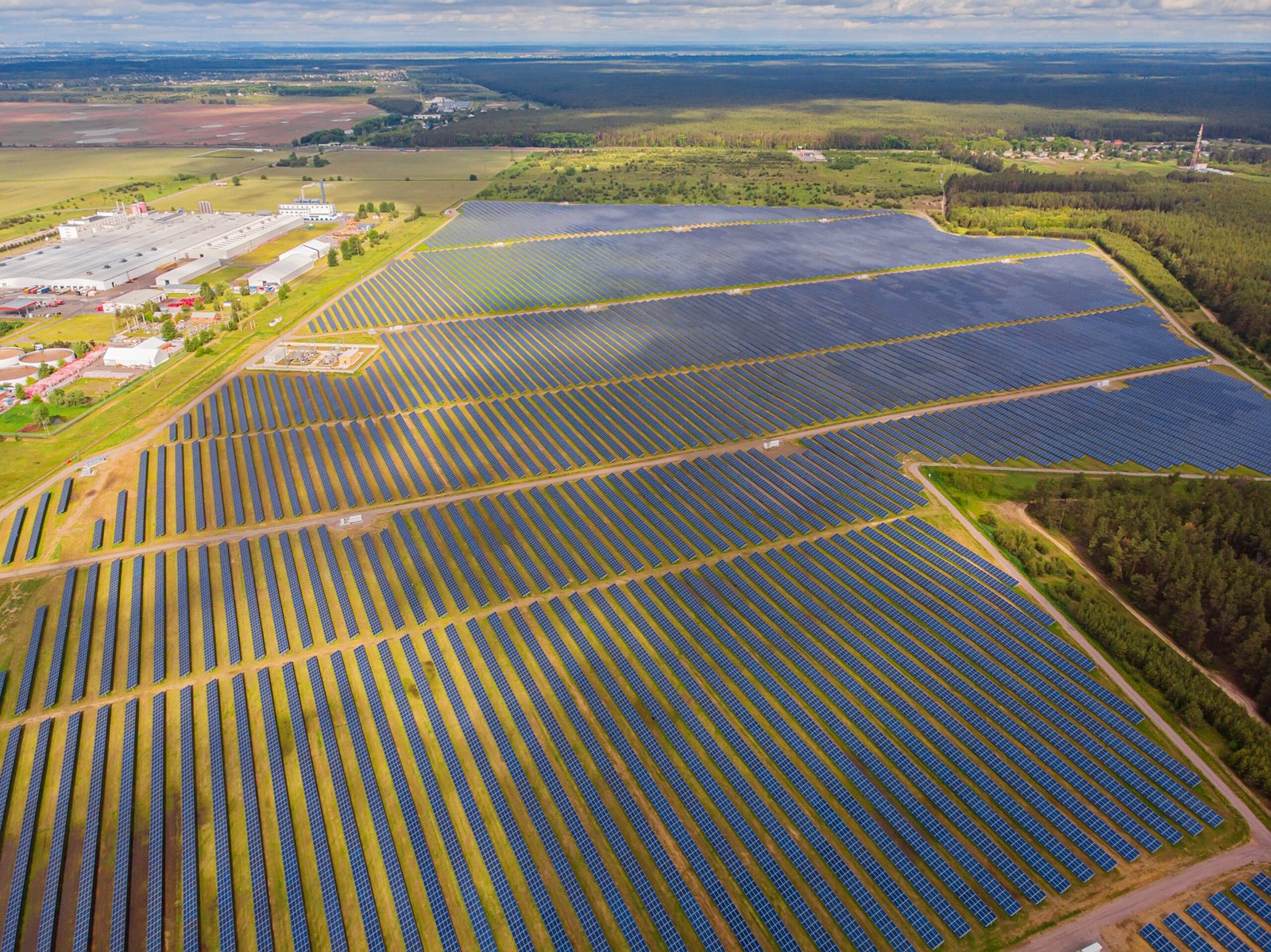
India’s tryst with solar energy began in earnest with the launch of the Jawaharlal Nehru National Solar Mission (JNNSM) in 2010. With an initial target of deploying 20 GW of solar power by 2022, this mission laid the groundwork for the concept of a solar park in India.
However, it was the announcement of the Solar Park Scheme in 2014 by the Ministry of New and Renewable Energy (MNRE) that truly catalyzed the growth. The scheme aimed to establish at least 50 solar parks with a total capacity of 40 GW. This target was later enhanced to 100 GW of solar power by 2022, out of which a significant portion was expected to come from solar parks.
Today, the concept of a solar park in India has evolved into a powerful tool for clean energy deployment, helping reduce dependency on fossil fuels and mitigate climate change.
3. Major Solar Parks in India
1. Bhadla Solar Park, Rajasthan

- Location: Bhadla, Jodhpur district, Rajasthan
- Capacity: 2,245 MW
- Area: 14,000 acres
- Highlights: Bhadla Solar Park is the largest solar park in India and the world. Situated in the arid region of Rajasthan, it benefits from high solar irradiance, making it an ideal location for solar power generation. The park has been developed in multiple phases and houses several solar power developers.
2. Pavagada Solar Park, Karnataka
- Location: Pavagada, Tumkur district, Karnataka
- Capacity: 2,050 MW
- Area: 13,000 acres
- Highlights: Also known as Shakti Sthala, Pavagada Solar Park is one of the largest solar park in India. It was developed under a unique land lease model, where farmers lease their land to the solar park, ensuring a steady income for them.
3. Kurnool Ultra Mega Solar Park, Andhra Pradesh
Located in the Kurnool district, this solar park in India has an installed capacity of 1,000 MW. Developed over 5,932 acres, it was commissioned in a record time and has been instrumental in meeting the state’s renewable energy targets.
4. Rewa Ultra Mega Solar Park, Madhya Pradesh
- Location: Rewa district, Madhya Pradesh
- Capacity: 750 MW
- Area: 1,590 acres
- Highlights: Rewa Solar Park is known for achieving a record low tariff and being the first solar project in India to supply power to an inter-state open access customer, the Delhi Metro. It has set a precedent for future solar projects in terms of cost and efficiency.
5. NP Kunta Ultra Mega Solar Park, Andhra Pradesh
- Location: Anantapur district, Andhra Pradesh
- Capacity: 978.5 MW
- Area: 7,924 acres
- Highlights: Also known as Ananthapuram Ultra Mega Solar Park, it is one of the significant solar park in India, contributing substantially to the state’s renewable energy portfolio.
6. Charanka Solar Park, Gujarat
- Location: Patan district, Gujarat
- Capacity: 600 MW (expandable)
- Area: 5,384 acres
- Highlights: Charanka Solar Park was one of the first solar park in India, setting the foundation for large-scale solar development in the country. It has attracted multiple developers and continues to be a significant contributor to Gujarat’s solar capacity.
7. Kamuthi Solar Power Project, Tamil Nadu
- Location: Ramanathapuram district, Tamil Nadu
- Capacity: 648 MW
- Area: 2,500 acres
- Highlights: Developed by Adani Green Energy, Kamuthi Solar Power Project was once the largest single-location solar power plant in the world. It plays a crucial role in meeting Tamil Nadu’s energy demands.
8. Ananthapuramu – II Solar Park, Andhra Pradesh
- Location: Anantapur district, Andhra Pradesh
- Capacity: 500 MW
- Highlights: This solar park is part of the larger Ananthapuramu Ultra Mega Solar Park and contributes significantly to the state’s renewable energy initiatives.
9. Galiveedu Solar Park, Andhra Pradesh
- Location: Kadapa district, Andhra Pradesh
- Capacity: 500 MW
- Highlights: Galiveedu Solar Park is another major solar park in India, enhancing the solar power capacity of Andhra Pradesh.
10. Mandsaur Solar Farm, Madhya Pradesh
- Location: Mandsaur district, Madhya Pradesh
- Capacity: 250 MW
- Highlights: Mandsaur Solar Farm contributes to Madhya Pradesh’s renewable energy capacity and supports the state’s commitment to sustainable energy.
These solar park in India exemplify the country’s dedication to expanding its renewable energy infrastructure. By leveraging its geographical advantages and implementing progressive policies,solar park in India continues to pave the way toward a sustainable and energy-secure future.
4. Government Policies and Support
The central and state governments have played a pivotal role in making solar park in india a reality. Several policy initiatives have facilitated the rapid deployment of solar park in India.
a. Solar Park Scheme (2014)
This scheme was launched to develop at least 50 solar parks. The MNRE provided financial assistance for the preparation of Detailed Project Reports (DPRs), transmission infrastructure, and project development.
b. Viability Gap Funding (VGF)
To attract private investment in solar projects, the government introduced the VGF mechanism. Under this, selected projects received financial support to bridge the gap between project cost and tariffs.
c. Deemed Transmission Infrastructure
Solar park in India benefit from transmission facilities being developed alongside the park, often integrated with the interstate transmission network managed by Power Grid Corporation of India Ltd (PGCIL).
5. Benefits of a Solar Park in India
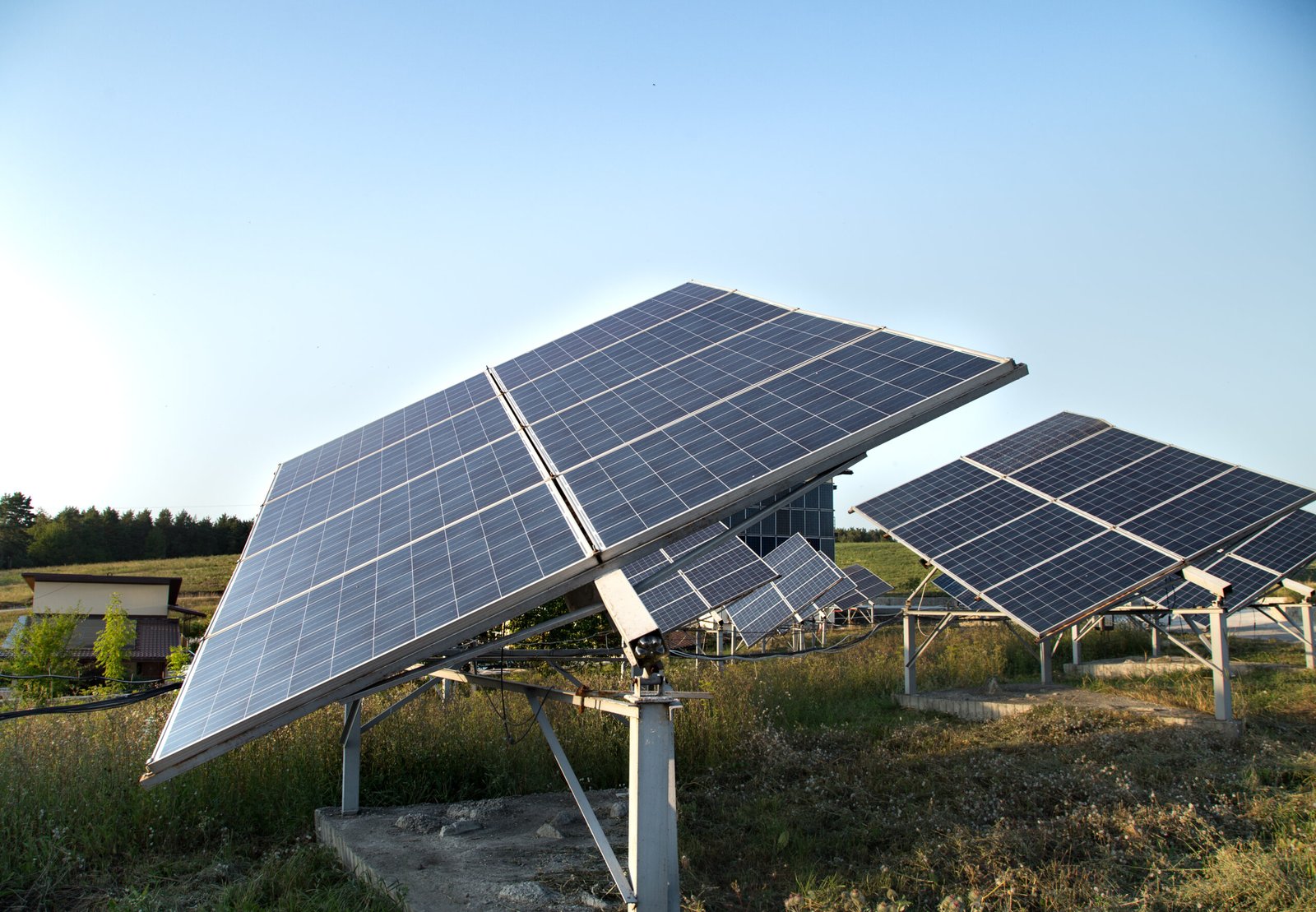
1. Accelerated Renewable Energy Deployment
Solar park in India facilitate rapid development of solar energy projects by providing pre-approved land, necessary infrastructure, and streamlined regulatory processes. This “plug-and-play” model reduces the time and complexity involved in setting up solar power plants, thereby accelerating the country’s renewable energy deployment.
2. Economies of Scale
By aggregating multiple solar projects in a single location, solar park in India enable economies of scale. This consolidation leads to reduced costs in procurement, installation, and maintenance, making solar energy more affordable and competitive with traditional energy sources.
3. Enhanced Grid Integration
Solar parks are often developed with integrated grid infrastructure, ensuring efficient transmission and distribution of the generated power. This integration minimizes transmission losses and enhances the reliability of power supply from renewable sources.
4. Investment Attraction
The structured approach of solar park in India, with clear land titles and regulatory approvals, creates a conducive environment for investment. Both domestic and international investors are more inclined to fund projects within these parks due to the reduced risks and uncertainties.
5. Job Creation and Economic Development
The development and operation of solar park in India generate employment opportunities in construction, operations, maintenance, and ancillary services. This job creation contributes to local economic development, especially in rural and underdeveloped regions
6. Environmental Benefits
Solar parks contribute significantly to reducing greenhouse gas emissions by replacing fossil fuel-based power generation. This shift aids in mitigating climate change and improving air quality, leading to better public health outcomes.
7. Land Optimization
Many solar park in India are established on arid or non-agricultural land, optimizing the use of otherwise unproductive areas. Innovative approaches like agrivoltaics are also being explored, where land is used simultaneously for solar power generation and agriculture.
8. Energy Security
By diversifying the energy mix and reducing dependence on imported fuels, solar parks enhance India’s energy security. They contribute to a more resilient and self-reliant energy infrastructure.
9. Community Development
The establishment of solar parks often leads to the development of local infrastructure, including roads, water supply, and communication networks. These improvements benefit the surrounding communities and can lead to broader socio-economic development.
10. Technological Advancements
Solar park in India serve as hubs for technological innovation in renewable energy. They facilitate the adoption of advanced technologies like robotic cleaning systems, real-time monitoring, and energy storage solutions, driving the overall progress of the solar industry.
6. Challenges Faced by Solar Parks
While solar park in India have significantly advanced the country’s renewable energy goals, they face several challenges that need to be addressed to ensure sustainable growth. Here are some of the key challenges:
1. Land Acquisition and Community Resistance
Securing large tracts of land for solar parks often leads to conflicts with local communities, especially when the land is used for agriculture or holds cultural significance. For instance, in Nandgaon, Maharashtra, Tata Power’s 100 MW solar project faced protests and hunger strikes from farmers who viewed the project as a land grab, leading to a temporary halt by the forest department.
2. Transmission Infrastructure Delays
Many solar parks experience delays in the development of transmission facilities, which are crucial for evacuating the generated power. In some cases, transmission infrastructure is set up 2-3 years after the park’s completion, rendering the solar park unusable during that period.
3. High Operational Costs and Revenue Uncertainty
Solar park developers often impose high charges, which can deter private investment. Additionally, the lack of clarity on revenue models and long capital lock-in periods make these projects less attractive to private players.
4. Environmental and Biodiversity Concerns
The development of solar parks in ecologically sensitive areas can disrupt local flora and fauna. In Rajasthan, a proposed 4,000 MW solar project was stalled after it was discovered that 40% of the allotted land was part of a lake that would submerge during monsoons.
5. Grid Integration Challenges
The intermittent nature of solar energy poses challenges for grid stability. Integrating large amounts of solar power requires advanced grid management and energy storage solutions to balance supply and demand effectively.
6. Water Usage for Panel Cleaning
Maintaining solar panel efficiency often requires regular cleaning, which consumes significant amounts of water—a scarce resource in many regions where solar parks are located. Innovations like drone-based cleaning systems are emerging to address this issue.7. Policy and Regulatory Hurdles
Frequent changes in policies and regulatory frameworks can create uncertainty for investors and developers. For example, recent changes to land registration laws in Rajasthan have increased project costs by 8%-10%, affecting the financial viability of solar projects.
Addressing these challenges requires a collaborative approach involving government agencies, private sector stakeholders, and local communities. Implementing clear policies, investing in infrastructure, and ensuring community participation are essential steps toward the sustainable development of solar park in India.
7. Solar Park in India: A Model for the World
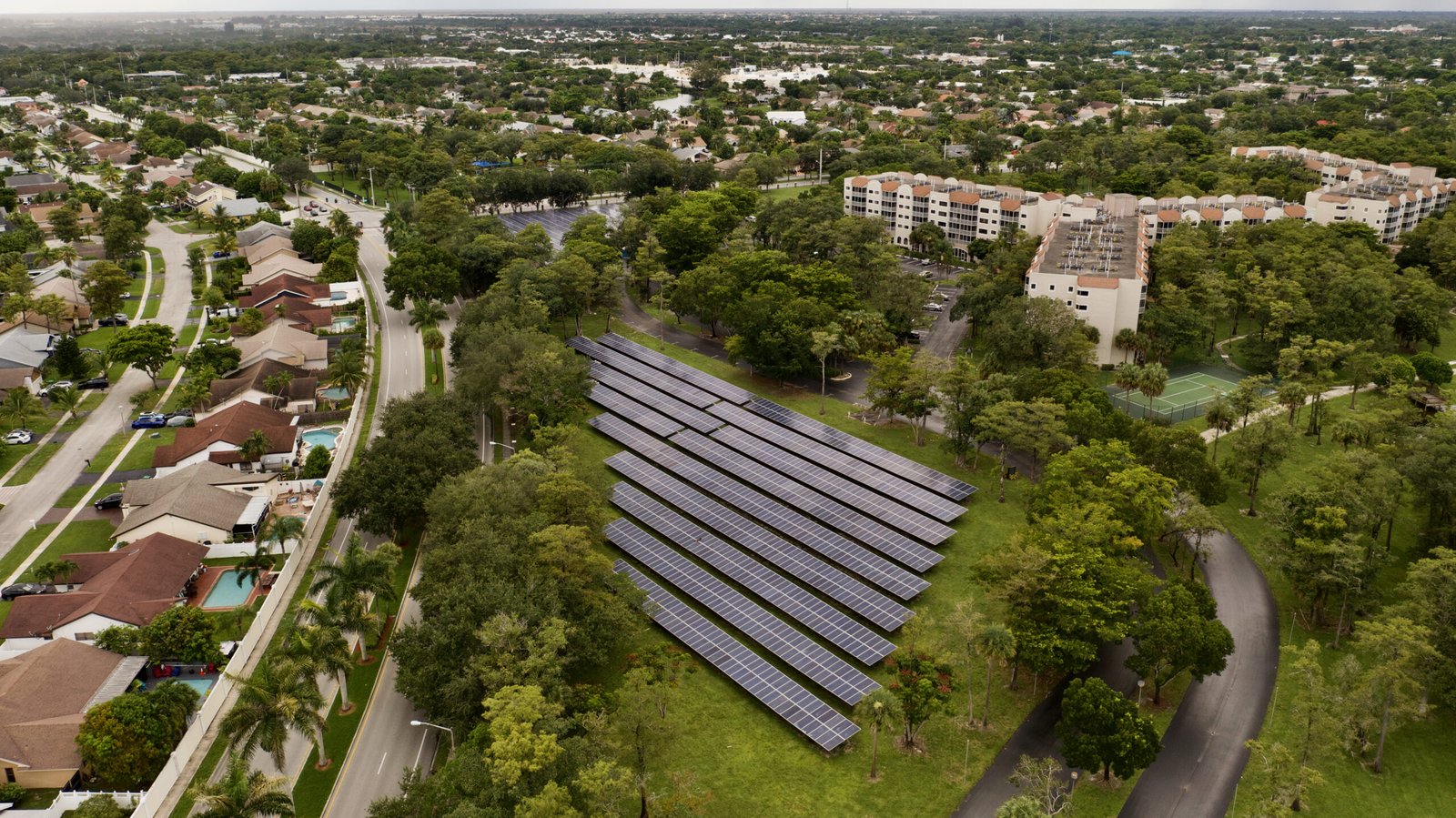
Pioneering the Ultra-Mega Solar Park Model
India introduced the concept of ultra-mega solar parks (UMSPs) to accelerate the adoption of solar energy. These parks, each exceeding 1 GW in capacity, are strategically developed with government support to provide infrastructure, land, and grid connectivity, thereby reducing risks for developers. This model has attracted significant global investment and expertise, facilitating rapid deployment of solar projects.
Global Recognition and Impact
The success of solar park in India has garnered international attention, positioning the country as a model for large-scale renewable energy deployment. The strategic approach to infrastructure development, policy support, and investment facilitation has been instrumental in this achievement.
8. Role of Public and Private Sector
Public Sector: Policy Framework and Infrastructure Development
The public sector, spearheaded by the Ministry of New and Renewable Energy (MNRE), has laid the foundational policies and frameworks essential for the growth of solar park in India. Key initiatives include:
- Solar Park Scheme: Launched to facilitate the establishment of solar parks with capacities of 500 MW and above, this scheme provides Central Financial Assistance (CFA) for infrastructure development, including land acquisition and grid connectivity.
- Solar Power Park Developers (SPPDs): The MNRE collaborates with State Governments, Central Public Sector Undertakings (CPSUs), and private entrepreneurs to identify and develop suitable sites for solar parks.
- Financial Institutions: Entities like the Indian Renewable Energy Development Agency (IREDA) provide financial assistance and services to renewable energy projects, ensuring the availability of funds for large-scale solar initiatives.
Private Sector: Investment and Technological Advancement
The private sector plays a pivotal role in the implementation and operation of solar park in India. Their contributions include:
Public-Private Partnerships (PPPs): Collaborations between government entities and private companies have led to successful models for solar park development, combining public support with private efficiency.
Investment: Private companies invest in the construction and maintenance of solar power plants within the parks, bringing in capital and expertise.
Technology and Innovation: Private firms introduce advanced technologies and innovative solutions, enhancing the efficiency and output of solar power generation.
9. Future Outlook for Solar Park in India
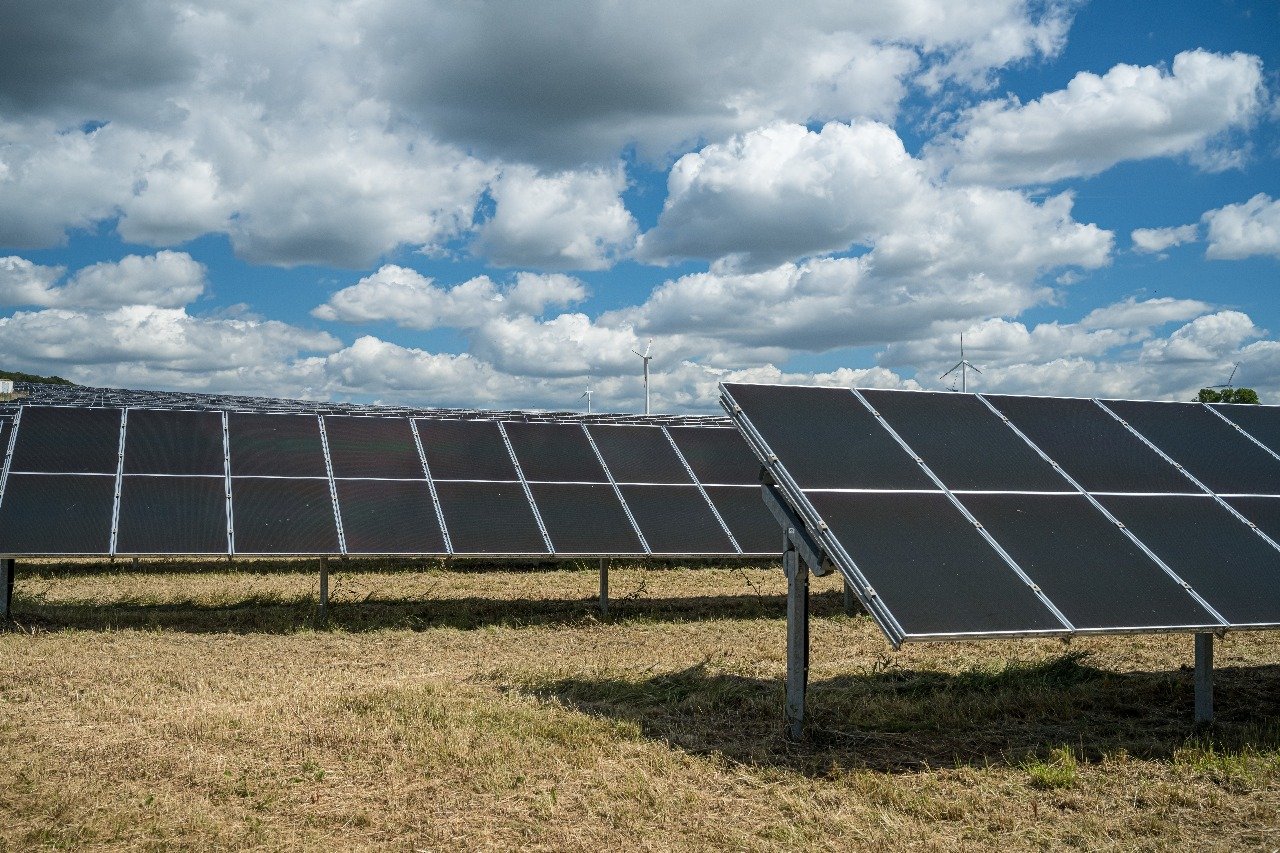
India’s solar energy sector is poised for significant growth, with solar parks playing a central role in the nation’s renewable energy strategy. As of January 2025, India has achieved an installed solar capacity of approximately 100.33 GW, with ambitious plans to reach 280 GW by 2030, contributing to the broader goal of 500 GW of non-fossil fuel-based energy capacity
Government Initiatives and Policy Support
The Ministry of New and Renewable Energy (MNRE) has been instrumental in promoting the development of solar park in India. In December 2014, MNRE launched the “Development of Solar Park and Ultra Mega Solar Power Projects” scheme, aiming to establish 50 solar parks with a combined capacity of approximately 38 GW by 2025–2026, each with a minimum capacity of 500 MW. As of February 2025, 55 solar parks across 13 states have been approved, aggregating to a capacity of 39,958 MW.
To facilitate this growth, MNRE has extended the timeline for the solar park program until March 31, 2026. Additionally, the government encourages the use of waste and non-agricultural land for the development of solar parks, mitigating land acquisition challenges.
Technological Advancements and Innovations
Technological innovation is crucial for the future of solar park in India. Advancements in solar panel efficiency, energy storage solutions, and grid integration are essential to maximize the potential of solar energy. For instance, the adoption of agrivoltaics—integrating solar panels with agricultural activities—offers a dual-use solution that optimizes land use and benefits farmers .
Moreover, the implementation of hybrid renewable energy projects, combining solar and wind energy, is gaining traction. ReNew Energy Global has announced a $2.57 billion investment to establish a hybrid renewable energy project in Andhra Pradesh, generating 2.8 GW of energy, comprising 1.8 GW from solar and 1 GW from wind
Economic and Employment Opportunities
The expansion of solar park in India presents significant economic opportunities. The solar energy sector is expected to create approximately 1 million green jobs across the country . These opportunities span manufacturing, installation, maintenance, and research and development
Furthermore, the cost of solar energy is projected to decrease, with tariffs predicted to fall below ₹2 per unit, making it the most affordable energy source . This affordability enhances energy access and supports economic growth, particularly in rural and underserved regions.
Addressing these challenges requires coordinated efforts between government agencies, private sector stakeholders, and local communities.
11. Environmental and Social Impact
Solar power is a cornerstone of India’s renewable energy strategy, offering significant environmental benefits. However, the expansion of solar infrastructure also brings environmental and social challenges that require careful consideration.
Environmental Impact
Positive Effects
- Reduction in Greenhouse Gas Emissions: Solar energy generation produces no direct emissions, helping to mitigate climate change and improve air quality by reducing reliance on fossil fuels.
- Conservation of Natural Resources: Solar power generation does not require water for operation, unlike conventional thermal power plants, thereby conserving water resources.
Challenges
- Land Use and Habitat Disruption: Large-scale solar installations require significant land areas, which can lead to habitat loss and fragmentation, affecting local biodiversity.
- End-of-Life Panel Waste: The disposal of solar panels at the end of their lifespan poses environmental risks due to the presence of hazardous materials. India is projected to generate over 600 kilotonnes of solar waste by 2030.
Social Impact
Positive Effects
- Employment Opportunities: The solar sector has created jobs in manufacturing, installation, and maintenance, contributing to economic development.
- Energy Access: Solar projects have improved electricity access in remote and rural areas, enhancing quality of life and enabling economic activities.
Challenges
- Displacement and Livelihood Disruption: Communities have reported displacement and loss of livelihoods due to the establishment of solar projects without adequate consultation or compensation.
- Land Acquisition Conflicts: The development of solar parks has sometimes led to disputes over land rights, especially when projects are established on land used by local communities for agriculture or grazing.
12. Technological Innovations in Solar Parks
India’s solar parks are at the forefront of integrating cutting-edge technologies to enhance efficiency, sustainability, and scalability. These innovations are pivotal in propelling solar park in India towards a more sustainable future.
Advanced Solar Panel Technologies
- Bifacial Solar Panels: These panels capture sunlight from both sides, increasing energy output by up to 27% compared to traditional panels. Their adoption is growing rapidly in India due to their higher efficiency and better land utilization.
- High-Efficiency Modules: Innovations like PERC+ and next-generation N-type cells (TOPCon, HJT) are delivering higher performance, contributing to improved module efficiencies.
- Tandem Solar Cells: These cells stack multiple layers of solar materials, each designed to capture sunlight at different wavelengths, leading to higher overall efficiency.
Smart Operations and Maintenance
- AI and IoT Integration: Artificial Intelligence (AI) is rapidly transforming the renewable energy sector. In India, the adoption of AI technologies in solar PV plants is expected to reach 70% by next year, enhancing system reliability and enabling autonomous operations.
- Drone-Based Cleaning: Startups have developed drones capable of cleaning a 1-megawatt solar energy plant in just 30 minutes using clean water. This innovation offers a fast, automated, and eco-friendly solution to traditional, labor-intensive solar panel cleaning methods.
Innovative Deployment Models
- Floating Solar Farms: To address land constraints, India is adopting floating solar installations on water bodies, reducing land burden while enhancing energy generation.
- Agrivoltaics: Combining agriculture with solar energy production, agrivoltaics involves placing solar panels over farmland, optimizing land use, boosting crop yields, and providing economic benefits to farmers.
Energy Storage and Grid Integration
- Battery Energy Storage Systems (BESS): States like Gujarat are developing BESS units to store surplus renewable energy, making it available for industries and enhancing grid stability.
- Smart Inverters: The adoption of smart inverters facilitates better grid integration, allowing for real-time monitoring and improved energy management.
Decentralized and Community-Based Models
- RESCO Model: The Renewable Energy Service Company (RESCO) model enables private agencies to install solar projects on government-built properties, with the generated power sold to distribution companies. This model is being implemented in cities like Chandigarh.
- PM-KUSUM Scheme: The Pradhan Mantri Kisan Urja Suraksha evam Utthaan Mahabhiyan (PM-KUSUM) scheme promotes solar-powered irrigation, allowing farmers to install solar pumps and grid-connected solar power plants, reducing dependence on diesel pumps and providing additional income sources.
These technological advancements are propelling solar park in India towards greater efficiency and sustainability, aligning with the nation’s ambitious renewable energy targets.
13. Conclusion
India’s solar parks have become pivotal in the nation’s pursuit of a sustainable energy future. As of March 2024, 58 solar park in India have been sanctioned, aggregating a capacity of 40 GW, a significant increase from 34 parks with 20 GW capacity in 2016
Technological advancements have been instrumental in enhancing the efficiency and viability of solar park in India. The adoption of bifacial solar panels, high-efficiency modules like PERC+ and N-type cells, and tandem solar cells has significantly improved energy output. Moreover, the integration of Artificial Intelligence (AI) and Internet of Things (IoT) technologies facilitates real-time monitoring and predictive maintenance, optimizing operations and reducing downtime. Explore our comprehensive guide on renewable energy advancements in India.
Innovative deployment models are also addressing land constraints and promoting sustainable practices. Floating solar farms, such as the Omkareshwar Floating Solar Power Park in Madhya Pradesh, exemplify the utilization of water bodies for energy generation . Agrivoltaics, combining agriculture with solar energy production, allows for dual land use, benefiting both energy generation and farming communities.
Energy storage solutions, including Battery Energy Storage Systems are being developed to store surplus renewable energy, ensuring grid stability and continuous power supply. Smart inverters further enhance grid integration, allowing for efficient energy management.
Decentralized and community-based models, such as the Renewable Energy Service Company model and the Pradhan Mantri Kisan Urja Suraksha evam Utthaan Mahabhiyan (PM-KUSUM) scheme, are empowering local communities and promoting inclusive growth .
In conclusion, the convergence of technological innovations, supportive policies, and community engagement is propelling solar park in India towards greater efficiency and sustainability. These developments not only contribute to the nation’s ambitious renewable energy targets but also foster economic growth and environmental stewardship.
